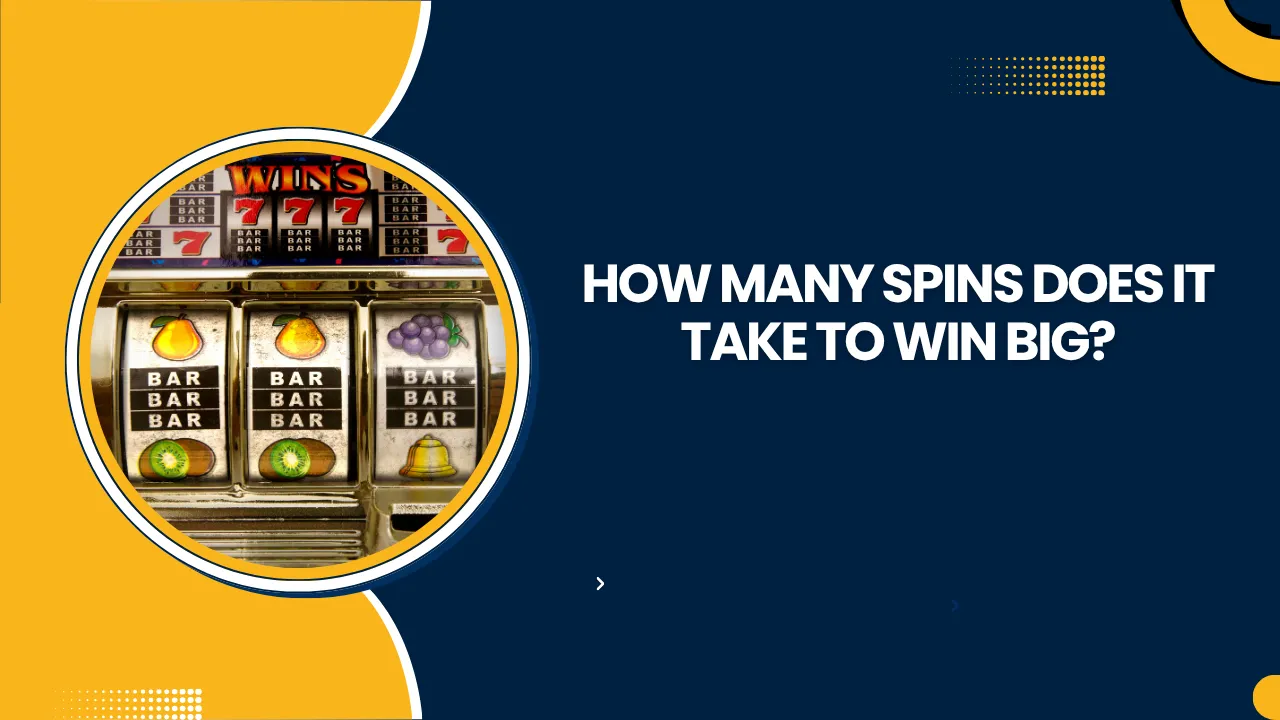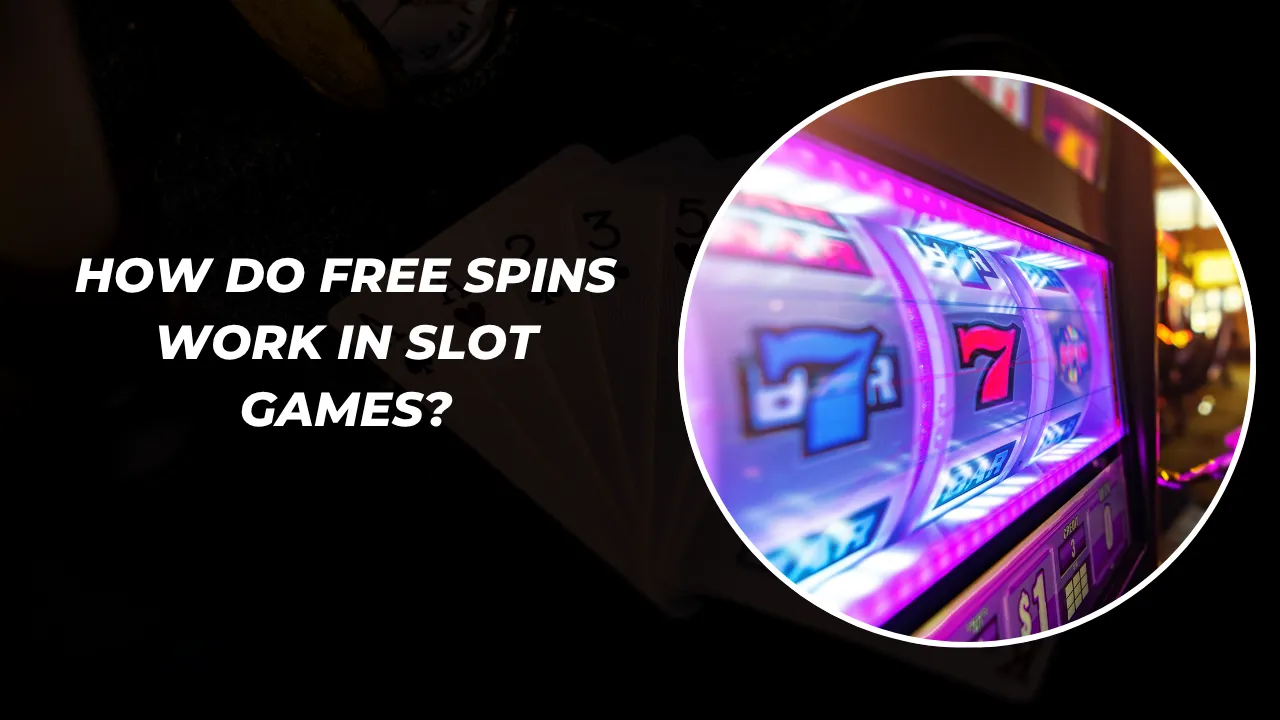Casinos are often seen as places of pure chance, where luck dictates the outcome of every spin, roll, or hand. But what many players don’t realize is that casinos are also carefully engineered environments, designed to influence how people move, feel, and ultimately spend their time and money. One of the most fascinating aspects of this design is how slot machine placement and floor layout can impact which games attract more players.
In my experience studying casino operations, it’s clear that layout and psychology work hand in hand. From the lighting and sound to the flow of foot traffic, every detail is intentional. This raises an important question: can the design of a casino floor really determine which slot machines get played more often? The answer, as we’ll see, is a resounding yes.
Strategic Placement and Player Behavior
Casinos don’t arrange slot machines randomly. They invest heavily in research, testing, and observation to determine which placements maximize engagement. Machines that are positioned near entrances or along high-traffic walkways often draw more attention, simply because they are visible and convenient. Players walking in are immediately met with the allure of flashing screens and enticing sounds, which makes them more likely to sit down and play.
This principle extends into the online space as well. Just as physical casinos strategically place machines in key locations, digital platforms highlight certain games on their homepages or in featured categories. For example, players browsing slot sites uk are more likely to try games that appear prominently in curated lists, even if dozens of other options are available. Both physical and digital environments prove that positioning matters as much as the game itself when it comes to drawing players in.
The Role of Visibility and Accessibility
Visibility is another crucial factor in casino floor design. Machines placed in open, brightly lit areas tend to receive more play than those tucked into corners or hidden behind other games. Accessibility also plays a role — slots that are easy to approach, with ample space around them, feel more inviting to players who may not want to feel crowded or observed while they play.
Casinos often place popular or new slot titles in prime spots to maximize their exposure. On the other hand, less popular or older machines may be pushed to the edges of the floor. This not only directs players toward preferred games but also allows casinos to control the balance between high-earning machines and those that serve more niche audiences.
The Psychology of Design Elements
Beyond placement, the physical design of the casino floor plays into human psychology. Carpets are often patterned with bold designs to subtly guide foot traffic. Lighting is carefully calibrated to highlight machines and maintain energy levels. Even ceiling height, aisle width, and seating comfort are considered in how they affect player behavior.
Sound is another powerful tool. The electronic jingles and celebratory noises of winning spins are designed not only to excite the player but also to capture the attention of nearby visitors. When players hear the sound of frequent wins, they are more inclined to believe that certain machines are “hot,” which can drive more traffic to those games.
Anchoring Experiences with Landmarks
Casinos often use landmark games — giant themed machines, oversized screens, or branded slot titles — as anchors on the floor. These machines become focal points, drawing players deeper into the casino and encouraging exploration of nearby slots.
Interestingly, this mirrors how supermarkets place essential items like milk or bread at the back of the store: the longer customers walk through, the more they are likely to pick up along the way. In casinos, these anchor machines not only generate play themselves but also increase exposure for the machines clustered around them.
Balancing Familiarity and Novelty
Casinos also understand the balance between offering familiar classics and fresh innovations. Many players are drawn to recognizable themes, such as fruit machines or licensed slots based on movies and TV shows. These are often placed where casual visitors will see them first. In contrast, more experimental or high-variance games may be placed in less prominent positions, appealing to seasoned players seeking something different.
By rotating which games occupy prime positions, casinos can test new titles and assess player interest without taking unnecessary risks. This adaptability ensures that the floor feels dynamic and engaging, encouraging repeat visits.
Online Parallels to Physical Floor Design
While brick-and-mortar casinos rely on physical layout, online platforms mirror these strategies through digital design. Featured sections, personalized recommendations, and algorithm-driven highlights act as the online equivalent of strategic placement.
Just as a slot at the entrance of a casino gets more attention, a game displayed at the top of an app or site will see higher engagement. This is why developers and casinos often pay close attention to which games get “front-page” treatment, as it can dramatically influence player behavior.
The Influence of Social Proof
Social proof — the idea that people are influenced by the actions of others — is another subtle aspect of design. In land-based casinos, players walking past busy slot areas are more likely to sit down themselves. Casinos encourage this by clustering machines and designing layouts that allow wins to be visible to passersby.
Online, this is replicated through indicators like “most popular games” or “currently trending slots.” These cues tap into the same psychological effect, encouraging players to follow the crowd and try what others are enjoying.
Responsible Gaming Considerations
While floor design is undoubtedly effective in influencing behavior, it also raises questions about responsible gambling. Casinos face the challenge of maximizing revenue without encouraging harmful patterns of play. To address this, many have implemented tools like clear signage, designated non-gaming areas, and self-exclusion programs.
Online platforms take similar steps with spending limits, playtime reminders, and responsible gaming resources. The key is creating environments that engage players without exploiting vulnerabilities. Thoughtful design can strike this balance, ensuring that entertainment remains enjoyable rather than harmful.
Conclusion
Casino floor design is far more than an exercise in aesthetics. It’s a strategic science that combines psychology, visibility, and placement to guide player behavior. From positioning high-performing machines in prominent locations to creating sensory-rich environments that keep players engaged, every detail is carefully considered.
The parallels between land-based casinos and online platforms are striking, showing that the principles of design and placement influence behavior across both spaces. Whether you’re walking through a buzzing casino or browsing a digital lobby, the games you see first are often the ones you end up playing.
Ultimately, casino design demonstrates how subtle environmental cues can have a powerful impact on human decision-making. And while chance determines the outcome of the game, design often determines which game gets chosen in the first place.







